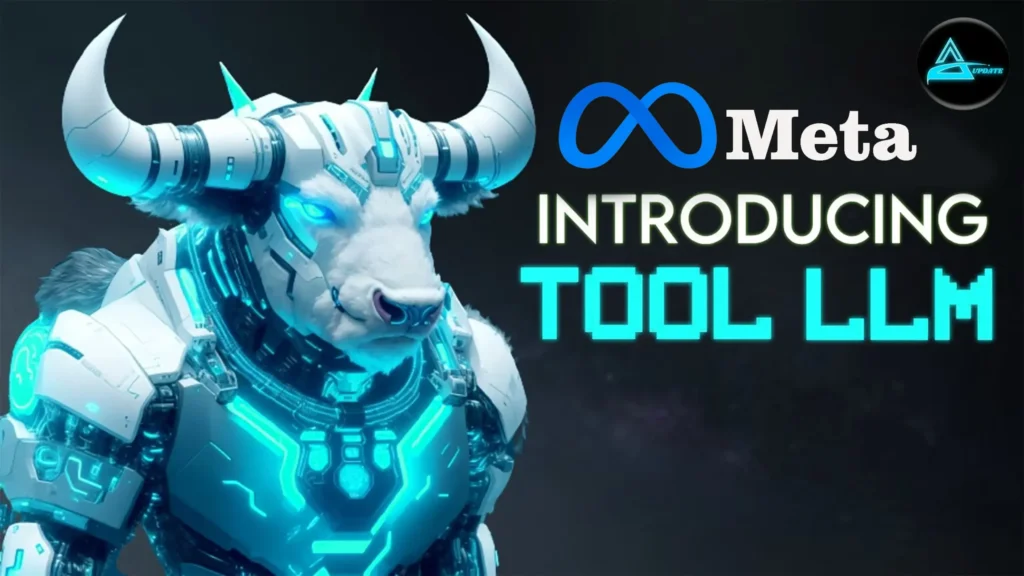Artificial Intelligence (AI) continues to revolutionize industries worldwide, and Meta has once again pushed the boundaries by introducing its latest Large Language Model (LLM). This groundbreaking innovation is poised to redefine machine learning and natural language processing capabilities. This article delves into the core features, applications, and implications of Meta’s New LLM.
What is Meta’s New LLM?
Meta’s New LLM is an advanced language processing system that leverages cutting-edge architecture to deliver superior performance in understanding and generating human-like text. It is built upon sophisticated neural network designs that enable the model to learn context, sentiment, and nuanced expressions effectively. This development represents a significant leap from its predecessors, ensuring better scalability, efficiency, and adaptability.
Key Features of Meta’s New LLM
Enhanced Accuracy:
The model demonstrates unparalleled precision in generating contextually relevant responses.
Multilingual Capabilities:
It supports a broad range of languages, catering to global audiences with improved translation and localization features.
Efficient Training:
Utilizing optimized algorithms, the model achieves faster training times without compromising performance.
Dynamic Learning:
Continuous learning mechanisms allow the model to adapt to new data, ensuring its relevance over time.
Robust Security:
Advanced privacy safeguards are integrated to ensure data protection during interactions.
Applications of Meta’s New LLM
The potential applications of Meta’s New LLM span across various domains, making it a versatile tool for businesses and developers alike.
1. Customer Service Automation:
Meta’s LLM excels in delivering seamless customer support experiences. Its ability to comprehend complex queries and provide accurate solutions reduces response times and enhances user satisfaction. Companies can integrate this model into chatbots and virtual assistants to handle high volumes of customer interactions efficiently.
2. Content Creation:
Content creators and marketers can benefit immensely from the model’s advanced text generation capabilities. Whether it’s drafting blogs, creating social media posts, or generating ad copy, Meta’s New LLM ensures high-quality and engaging content tailored to specific audiences.
3. Education and E-Learning:
Educational platforms can leverage the LLM to create personalized learning experiences. By generating tailored study materials, answering student queries, and summarising complex topics, the model serves as an invaluable tool for learners worldwide.
4. Medical and Legal Fields:
In specialized domains such as healthcare and law, Meta’s LLM can process vast amounts of information to provide accurate insights. It can assist professionals in drafting reports, analyzing case studies, and identifying critical patterns in large datasets.
5. Research and Development:
The LLM is a powerful resource for researchers, enabling advanced data analysis, literature reviews, and hypothesis generation. Its ability to process and synthesize vast datasets accelerates innovation across scientific fields.
Technological Innovations Behind Meta’s New LLM
1. Architecture and Design:
Meta’s New LLM employs a transformer-based architecture, renowned for its scalability and efficiency. The model’s layers are optimized to handle large-scale computations, ensuring minimal latency and maximum accuracy.
2. Dataset Diversity:
The training datasets encompass diverse sources, including books, articles, and online content. This extensive range ensures that the model understands various contexts and cultural nuances.
3. Energy Efficiency:
Meta has incorporated energy-efficient mechanisms into the LLM’s training and deployment processes. This eco-friendly approach minimizes the carbon footprint associated with AI development.
How Meta’s New LLM Stands Out
The competitive AI landscape is crowded with formidable players, but Meta’s New LLM sets itself apart through its:
Unprecedented Scalability:
Capable of handling complex tasks with ease.
Superior Contextual Understanding:
Outperforms rivals in grasping intricate linguistic subtleties.
Seamless Integration:
Compatible with a wide array of platforms and systems.
Challenges and Ethical Considerations
Despite its impressive capabilities, Meta’s New LLM also faces challenges and ethical concerns:
1. Bias and Fairness:
Ensuring unbiased outputs remains a priority. Developers are actively working on mitigating potential biases in training datasets to promote equitable AI solutions.
2. Data Privacy:
With increasing scrutiny over data usage, Meta has implemented robust privacy measures to safeguard user information.
3. Misinformation:
The LLM’s ability to generate realistic text raises concerns about its misuse for spreading misinformation. Meta is committed to deploying stringent monitoring systems to address this issue.
Future Prospects
The introduction of Meta’s New LLM marks the beginning of a new era in AI development. Future iterations are expected to include:
Improved Multimodal Capabilities:
Integration of text, image, and video processing for enhanced versatility.
Expanded Accessibility:
Simplified interfaces to empower non-technical users.
Collaborative AI Systems:
Enabling seamless interaction with other AI models and tools.
Conclusion:-
Meta’s New LLM represents a monumental step forward in the field of artificial intelligence. Its transformative potential spans across industries, empowering businesses and individuals with unparalleled tools for communication, analysis, and innovation. As we continue to explore the capabilities of this advanced model, it’s clear that Meta is leading the charge in shaping the future of AI.




4 Responses
Can you be more specific about the content of your article? After reading it, I still have some doubts. Hope you can help me.
Thanks for your comment! I really appreciate you taking the time to read the article. I’d be happy to help clear up any doubts—could you let me know which part was confusing or what specific questions you have? I’ll do my best to explain it more clearly!
Thank you for your sharing. I am worried that I lack creative ideas. It is your article that makes me full of hope. Thank you. But, I have a question, can you help me? https://www.binance.info/ar-BH/register-person?ref=V2H9AFPY
That really means a lot—thank you for sharing this with me. 💙 It’s normal to feel short on ideas sometimes, but I’m glad the article gave you some hope. Of course, feel free to ask your question—I’ll do my best to help!